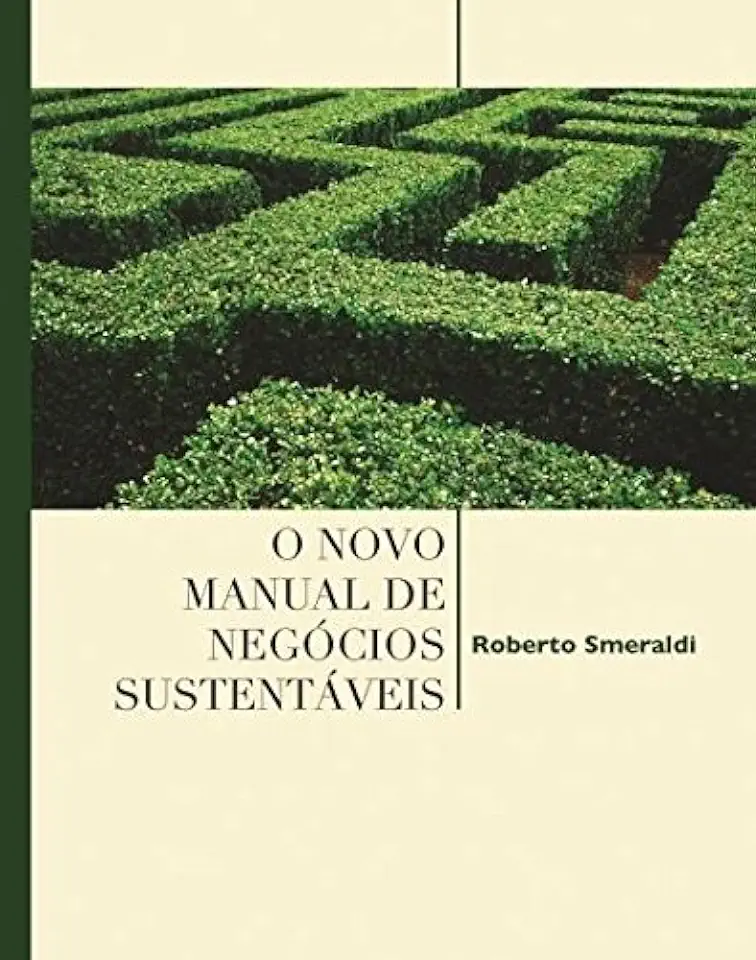
The New Manual of Sustainable Business - Roberto Smeraldi
The New Manual of Sustainable Business: A Guide for Visionaries, Changemakers, and Entrepreneurs
Introduction
In today's rapidly changing world, businesses face unprecedented challenges and opportunities. The old ways of doing business are no longer sustainable, and companies that want to thrive in the 21st century must adopt new models that are focused on sustainability.
The New Manual of Sustainable Business is a comprehensive guide to creating a sustainable business. Written by Roberto Smeraldi, a leading expert in sustainable business, this book provides a wealth of practical advice and insights on how to create a business that is both profitable and environmentally friendly.
Key Concepts
The New Manual of Sustainable Business introduces several key concepts that are essential for understanding sustainable business. These concepts include:
- The triple bottom line: The triple bottom line is a framework for measuring the success of a business based on three factors: financial performance, social responsibility, and environmental stewardship.
- Stakeholder engagement: Stakeholder engagement is the process of involving all stakeholders in the decision-making process of a business. This includes employees, customers, suppliers, and the community.
- Life cycle assessment: Life cycle assessment is a tool for assessing the environmental impacts of a product or service throughout its entire life cycle, from raw material extraction to disposal.
- Circular economy: The circular economy is a model of production and consumption that aims to eliminate waste and pollution by designing products and services that can be reused, recycled, or composted.
Sustainable Business Practices
The New Manual of Sustainable Business provides a detailed overview of sustainable business practices that companies can adopt to reduce their environmental impact and improve their social responsibility. These practices include:
- Energy efficiency: Reducing energy consumption and using renewable energy sources.
- Water conservation: Reducing water consumption and protecting water quality.
- Waste reduction: Reducing waste production and increasing recycling and composting.
- Pollution prevention: Preventing pollution at the source and reducing the use of toxic chemicals.
- Sustainable sourcing: Sourcing materials and products from sustainable sources.
- Fair labor practices: Ensuring that workers are paid a fair wage and work in safe and healthy conditions.
- Community involvement: Supporting local communities and investing in social programs.
Case Studies
The New Manual of Sustainable Business includes several case studies of companies that have successfully implemented sustainable business practices. These case studies provide real-world examples of how companies can create a positive impact on the environment and society.
Conclusion
The New Manual of Sustainable Business is an essential resource for anyone who wants to create a sustainable business. This book provides a comprehensive overview of the key concepts, practices, and case studies that are essential for understanding and implementing sustainable business.
If you are a visionary, changemaker, or entrepreneur who wants to create a business that is both profitable and environmentally friendly, then The New Manual of Sustainable Business is a must-read.